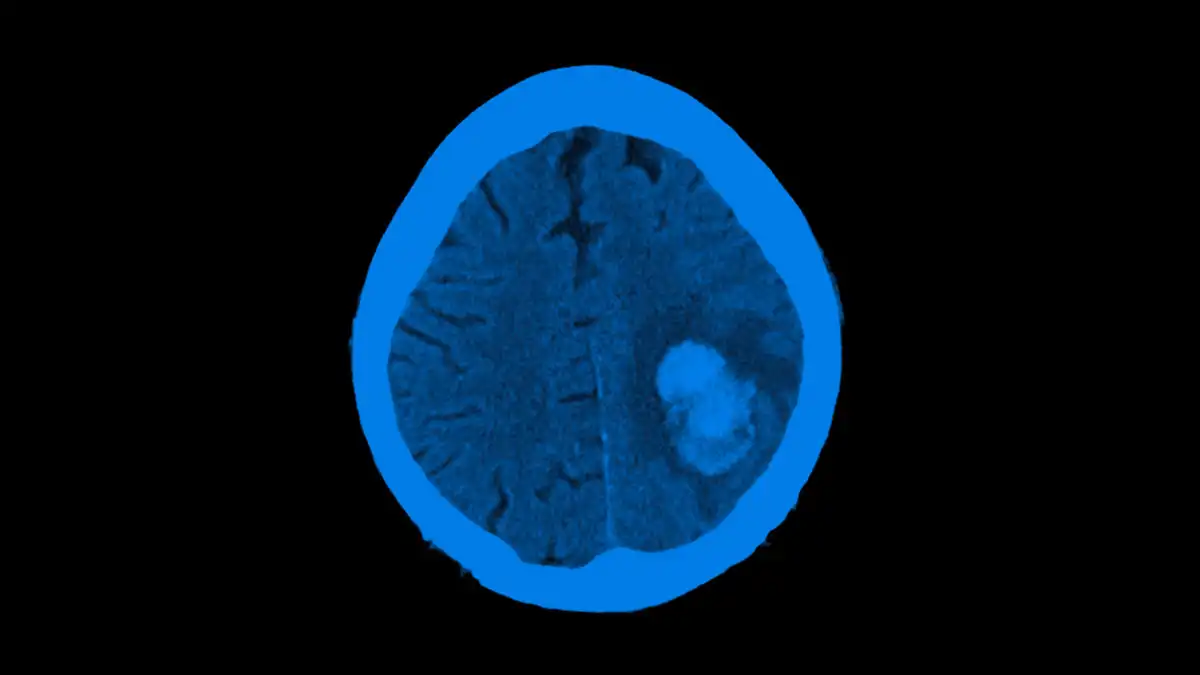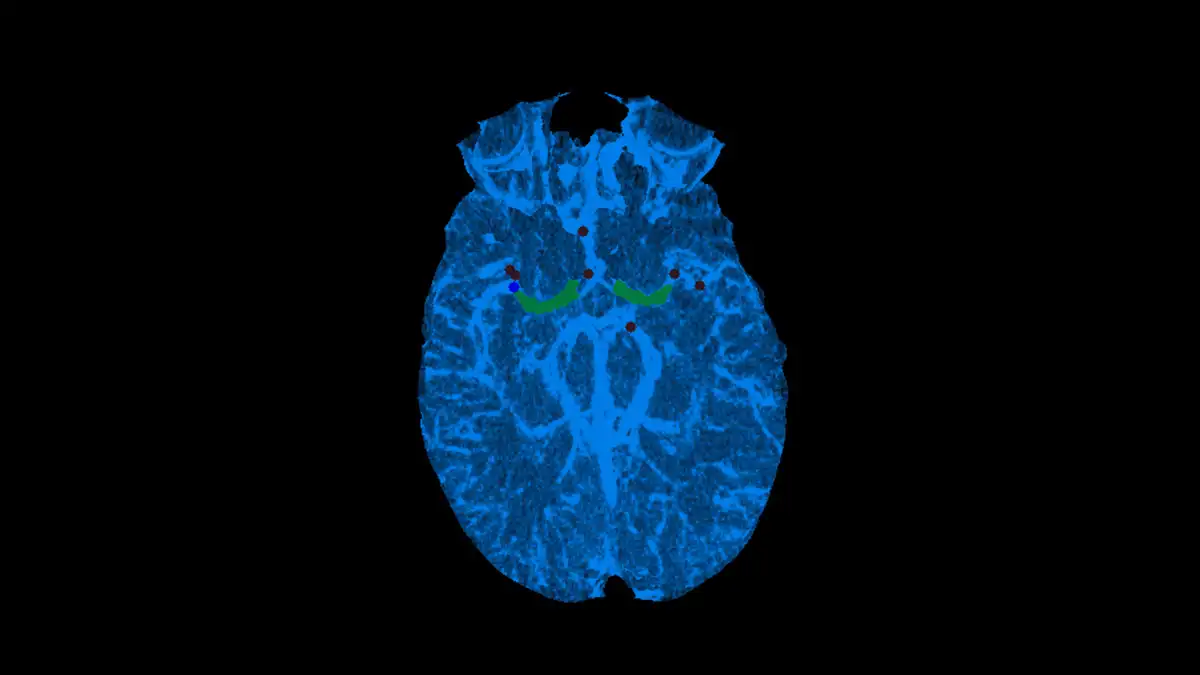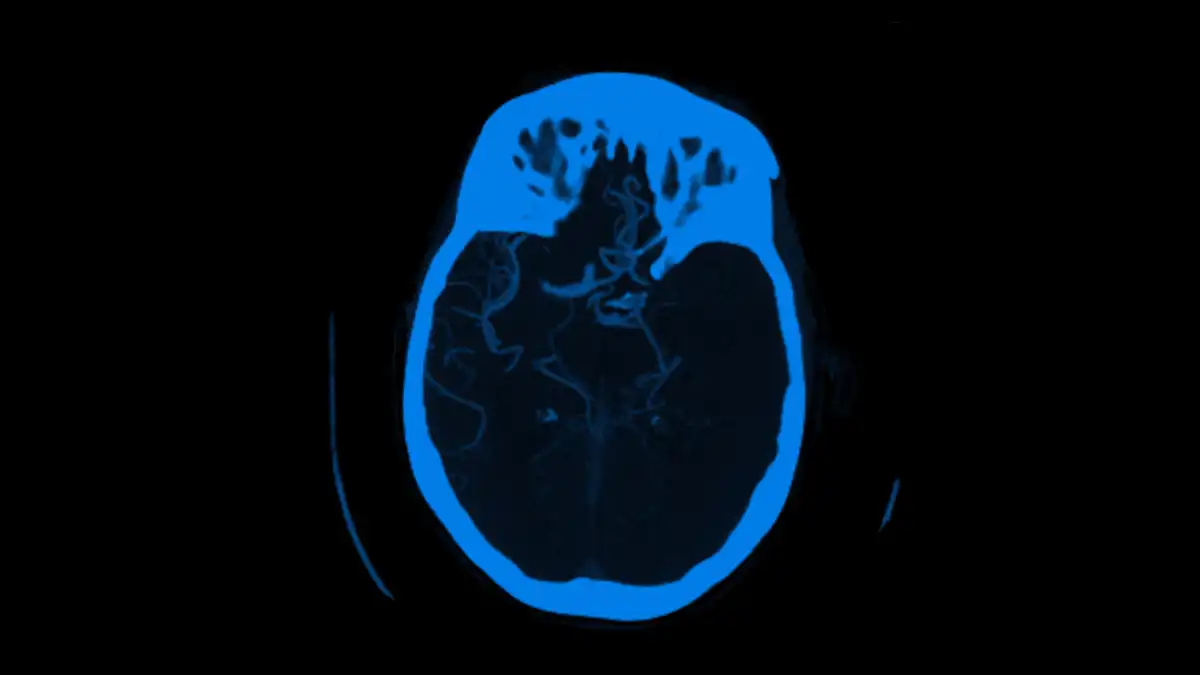
Viz™ AORTIC
A Review of Mature Machine Learning and Artificial Intelligence...
Background After years of both increasing enthusiasm and skepticism by surgeons and patients, the first artificial intelligence (AI) and machine...
May 05, 2023
Press Release: Viz.ai Launches Viz Assist: The First Multimodal AI Agent Platform for Faster Treatment and Better Outcomes
Life Sciences
Discover how we work with life sciences partners to drive patient care innovation.
Machine learning algorithms have shown groundbreaking results in neuroimaging. The authors herein evaluated the performance of a newly developed convolutional neural network (CNN) to detect and analyze intracranial aneurysms (IAs) on CTA.
Consecutive patients with CTA studies between January 2015 and July 2021 at a single center were identified. The ground truth determination of cerebral aneurysm presence or absence was made from the neuroradiology report. The primary outcome was the performance of the CNN in detecting IAs in an external validation set, measured using area under the receiver operating characteristic curve statistics. Secondary outcomes included accuracy for location and size measurement.
The independent validation imaging data set consisted of 400 patients with CTA studies, median age 40 years (IQR 34 years) and 141 (35.3%) of whom were male; 193 patients (48.3%) had a diagnosis of IA on neuroradiologist evaluation. The median maximum IA diameter was 3.7 mm (IQR 2.5 mm). In the independent validation imaging data set, the CNN performed well with 93.8% sensitivity (95% CI 0.87–0.98), 94.2% specificity (95% CI 0.90–0.97), and a positive predictive value of 88.2% (95% CI 0.80–0.94) in the subgroup with an IA diameter ≥ 4 mm.
The described Viz.ai Aneurysm CNN performed well in identifying the presence or absence of IAs in an independent validation imaging set. Further studies are necessary to investigate the impact of the software on detection rates in a real-world setting.
Researcher:
Marco Colasurdo , MD
Published:
Mar 03, 2023

Viz™ AORTIC
Background After years of both increasing enthusiasm and skepticism by surgeons and patients, the first artificial intelligence (AI) and machine...
May 05, 2023

Viz™ CTP
Background Artificial intelligence technology is a rapidly expanding field with many applications in acute stroke imaging, including ischemic and hemorrhage...
Jan 11, 2021

Viz™ LVO
Background The Viz.ai artificial intelligence (AI) software module Viz large‐vessel occlusion (LVO) utilizes AI‐powered LVO detection and triage technology to...
Sep 07, 2022
Schedule a meeting
Experience the power of AI
See for yourself how you can harness the power of AI to accelerate patient access to care through AI-powered care coordination.